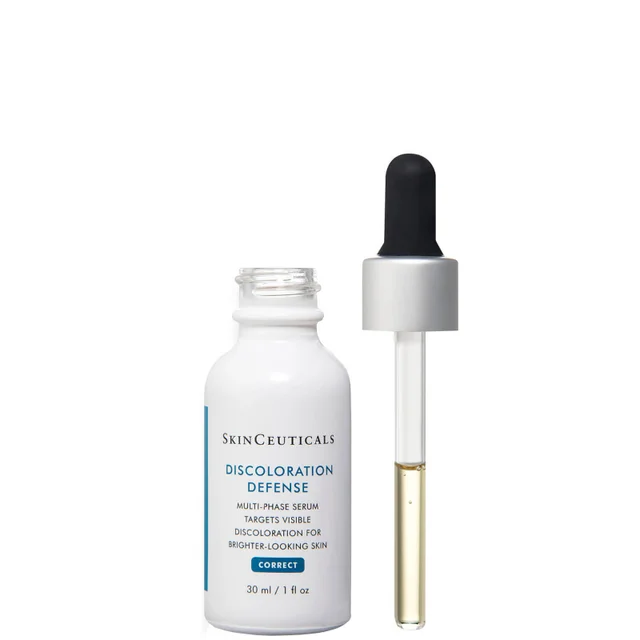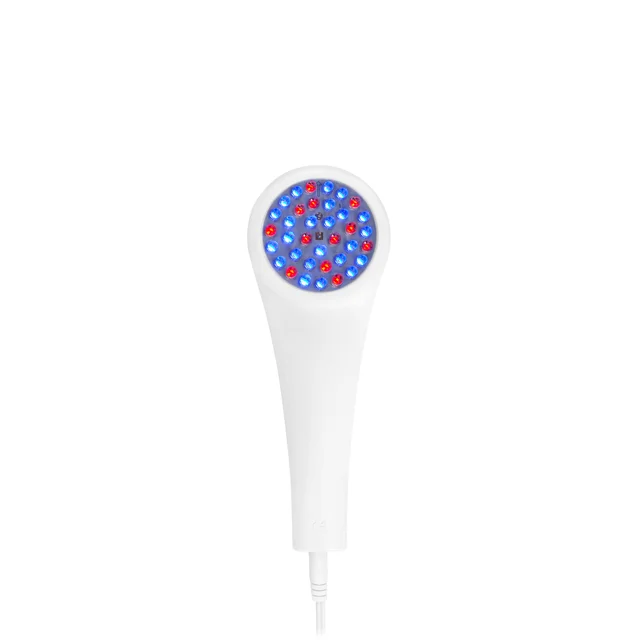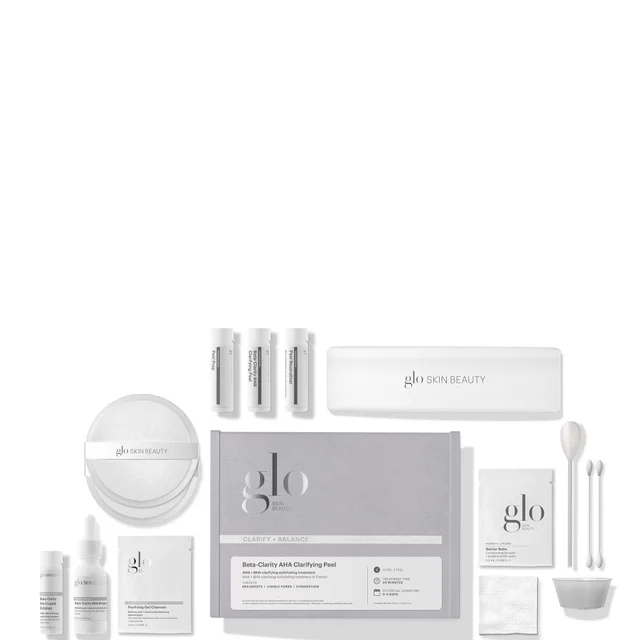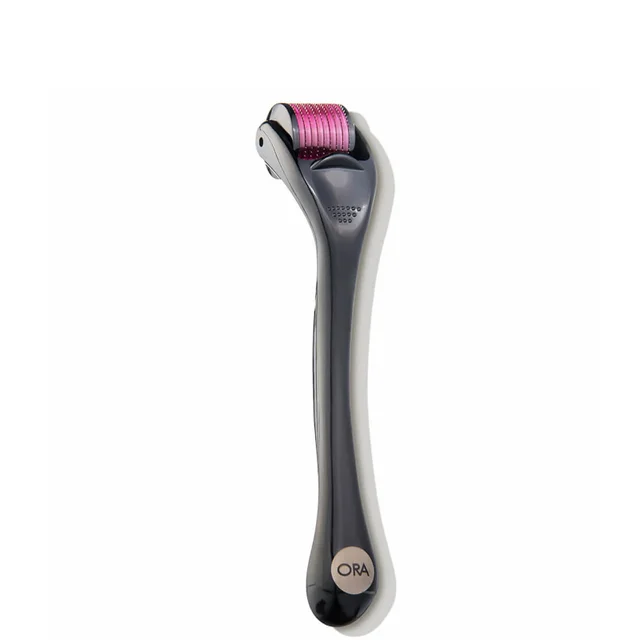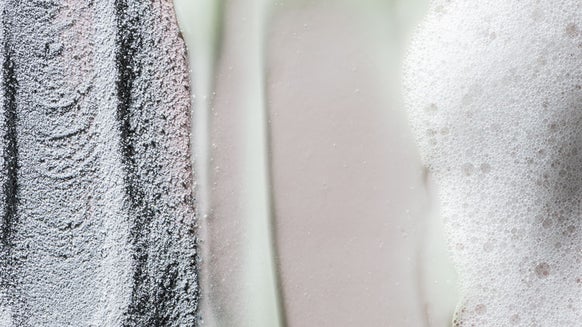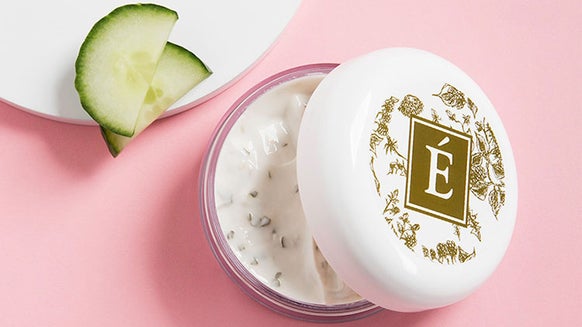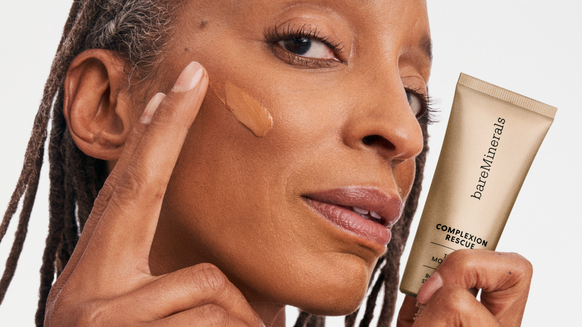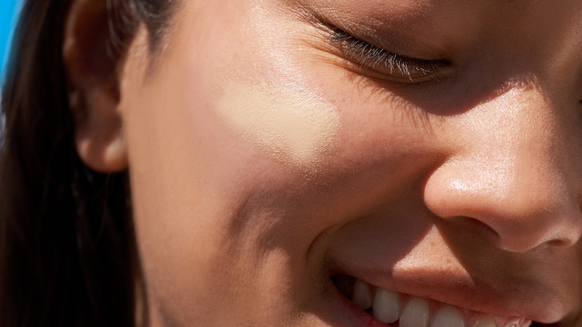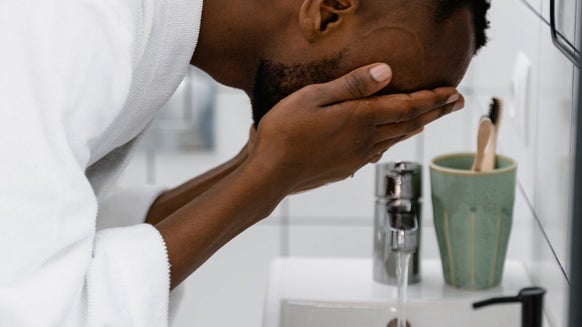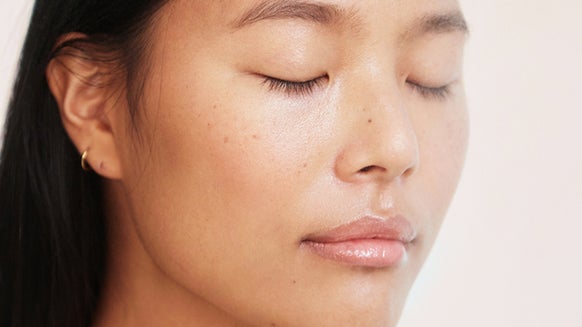How to Fade Acne Scars Using Topical Treatments
Acne can be a confidence crusher but it isn't just the red pimples that can be a nuisance. Acne scarring can plague you long after a breakout has healed. Treating acne scarring certainly isn't a "one-size-fits-all" approach. Whether you suffer from rolling acne scars, boxcar scars, dark marks or fresh scars, there are several treatment options available to improve the condition of post-acne skin.
Fresh Scars
For fresh acne scars, it's essential to take care of newly formed marks properly. Since exposure to the sun can make dark acne scars appear more prominent, applying SPF that offers UVA and UVB protection is a must. The latest lightweight formulas won't clog your pores or lead to further breakouts, so there's no excuse not to apply it daily. In addition, applying vitamin E oil each morning will help to improve the texture and hydration of fresh scars and even out hyperpigmentation with prolonged use.
Discoloration and Pigmentation Scarring
Hydroquinone skin-lightening creams can help to lighten dark pigmentation patches left behind after acne has healed. Available over the counter in 2 percent concentrations, or with a prescription as with 4 percent concentration, hydroquinone creams work by bleaching the dark patches. A typical course of treatment can require daily application for up to six months.
Mild Marks or Pink Marks
For those with slightly pink or mild marks left behind by acne, topical treatments might not cut it. A popular treatment for pink marks is pulsed-dye lasers (PDLs). These vascular-specific lasers work fast and effectively. And because this laser skin treatment doesn't destroy cells, there is no significant redness or skin peeling.
Boxcar Acne Scars or Divots
At-home microdermabrasion, which can help to improve the texture of shallow boxcar scars, should be your first line of attack. For deeper divots, dermabrasion (a more intensive form of chemical exfoliation carried at your dermatologist's office) offers a stronger treatment option.
Rolling Acne Scars
Rolling acne scars are the result of scar tissue forming under the skin, creating a "rolling" or wave-like appearance. Since the damage runs deeper, rolling acne scars typically require resurfacing laser treatment to remove the top layer of the skin. Laser treatments can be expensive and time-consuming, (patients often require multiple procedures) so chemical peels provide an alternative option. A chemical peel carried out by a dermatologist works in a similar way by removing the top layer of skin.
This article has been reviewed by board-certified dermatologist Dr. Emmy Graber.

From the latest hair and makeup trends to the best solutions for your skin issues, we've got all your beauty concerns covered!
